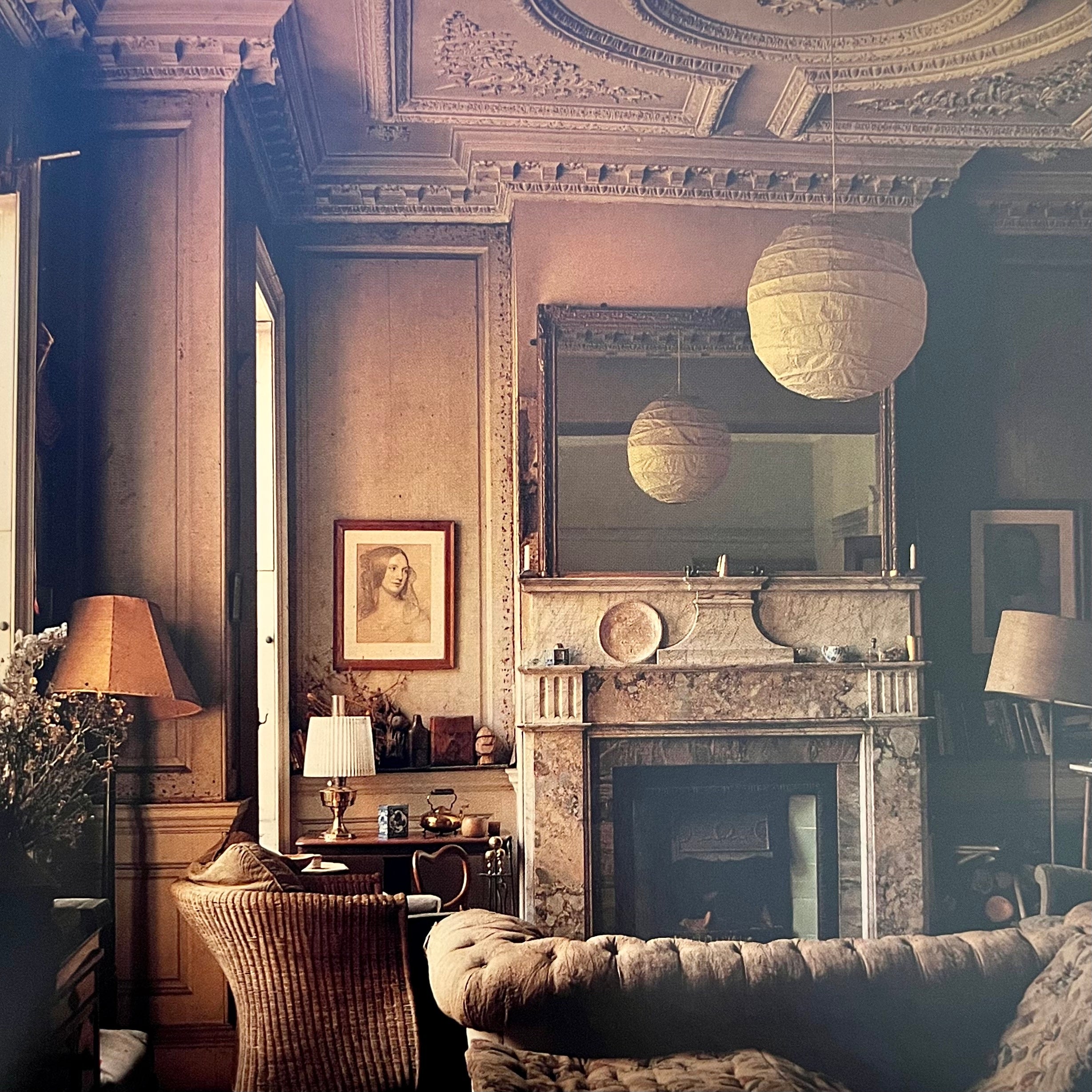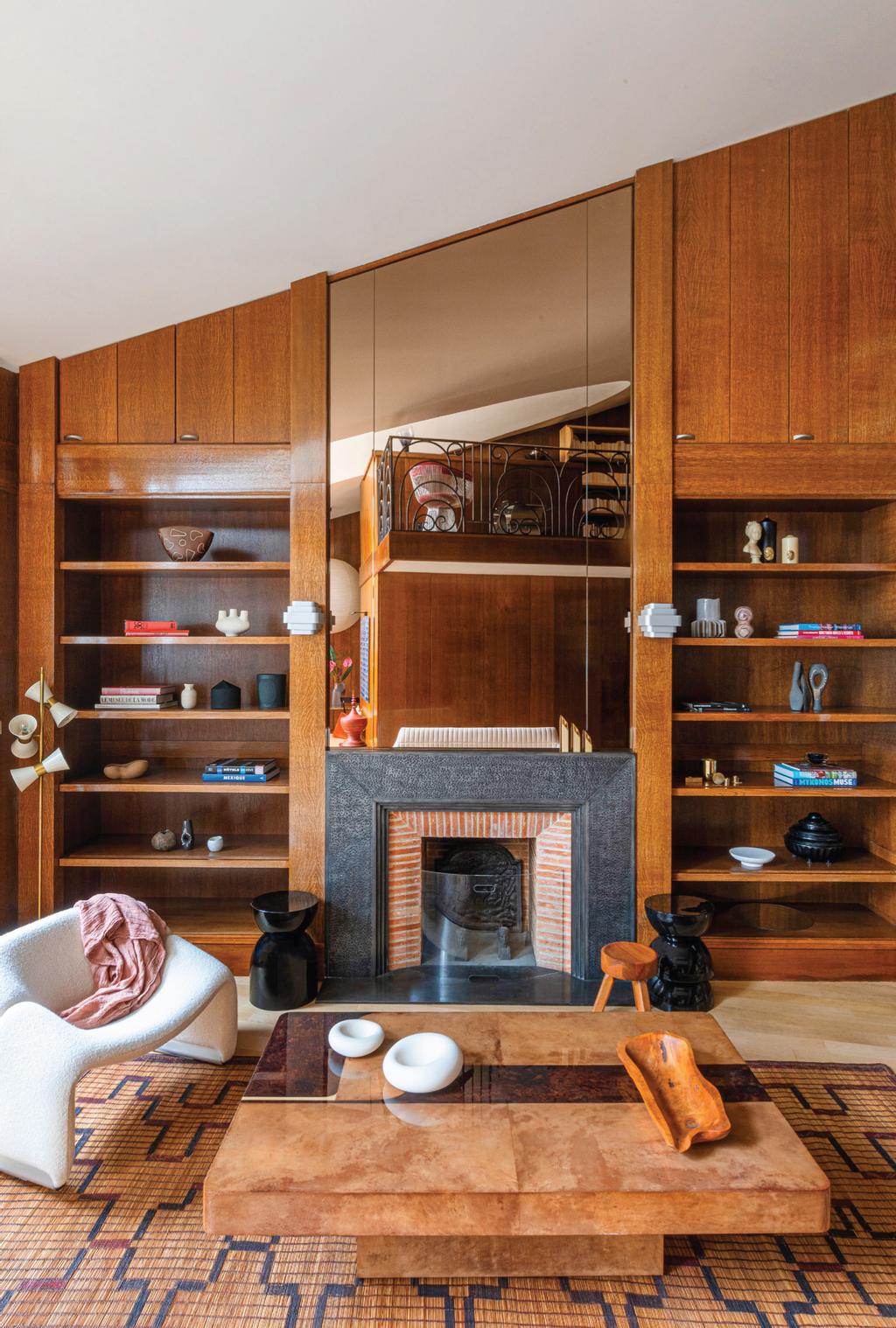On The Decoration of Houses

Interior design books come and go; it is a rare tome that makes a permanent home on my shelf. But, Edith Wharton’s 1890 The Decoration of Houses, is one such tome. Written thirty-one years before her luscious and searing Age of Innocence would win her, the first woman ever, a Pulitzer Prize, the piece is an unusual text in the context of her oeuvre. The prose is of course, as rich and colorful as one might hope, but this is to be expected. Prose aside, what can we make of Wharton's design sense?

It's worth considering how her literary aesthetic might inform her stance towards such matters. Literature and architecture make easy bedfellows; the aptitude for metaphor between them has been written about at some length. Besides, someone so perceptive to the tragicomedies of social theater must surely know a thing or two about scene-setting. Environment is, of course, of intense importance to Wharton. Rather than something inherent, the behavior of her characters is shown to be in response to their surroundings. Recall for a moment, the somewhat shabby if enchanting pied-à-terre of Countess Ellen Olenska, its isolated otherworldliness. How it might compare with the open airiness, the sense of freedom associated with Lawrence Selden's dignified bachelor pad. For Wharton, conditions are largely what determine a person's fate, so it makes sense why she would be particular about the experience and impression of her own habitation.

The library at the Mount--a writer's Arcadia.
The text's blend of canny architectural criticism with statements of abject opinion is an intoxicating cocktail, but there is unfortunately little in the way of photographic illustration. We must therefore turn to images of Wharton's own decorative schemes in order to better see her design principles played out. As far as such opportunities go, Wharton had no lack. Born to an old aristocratic New York family, the Jones, (of the expression, 'keeping up with the Jones''), her access to the brilliant rooms of architecture's finest knew no limit. Her sprawling, well-preserved Massachusetts country pile, The Mount, was beautifully outfitted by herself and her design collaborator, Ogden Codman Jr., yet images of the original outfit at her Newport estate, and Pavilion Colombe, the small French chateau she acquired later in life, are near impossible to come by. The scant images of her Park Avenue apartment reveal the sort of decorative program which continues to dominate the upper avenue today.

Wharton was a huge fan dogs and bent willow chairs. Here she is with a pair of each at her Riviera retreat, Pavilion Colombe.
Perhaps it might be better to consider her broader advice on matters of decorative style, as opposed to the ways in which they've materially manifest. Styles come and go, but The Decoration of Houses is stuffed with a number of juicy bon-mots that feel as brightly considered as her fiction. Direct and exacting, Wharton is a circumspect analyst of all matters interior. Below, I've compiled some of my favorite examples; excerpts and passages that to my mind, seem as fresh and relevant as they surely must have some hundred and thirty years ago.
***
“There is no necessity for having bad bric-à-brac. Trashy ‘ornaments’ do not make a room more comfortable; as a general rule, they distinctly diminish its comfort.”
“Plain shelves filled with good editions in good bindings are more truly decorative than ornate bookcases lined with tawdry books.”
“If proportion is the good breeding of architecture, symmetry, or the answering of one part to another, may be defined as the sanity of decoration.”
“The supreme excellence is simplicity.”
“...all good architecture and good decoration (which, it must never be forgotten, is only interior architecture) must be based on rhythm and logic. A house, or room, must be planned as it is because it could not, in reason, be otherwise; must be decorated as it is because no other decoration would harmonize as well with the plan.”
“I believe I know the only cure, which is to make one’s center of life inside of one’s self, not selfishly or excludingly, but with a kind of unassailable serenity—to decorate one’s inner house so richly that one is content there, glad to welcome anyone who wants to come and stay, but happy all the same when one is inevitably alone.”


